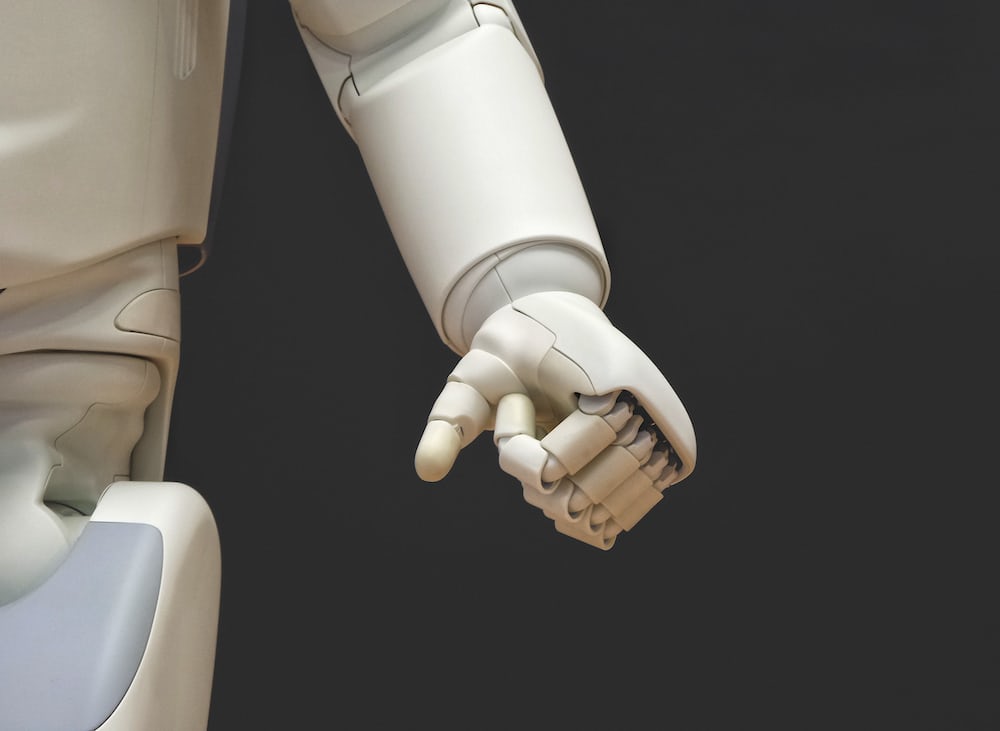
There’s less known about the future, but in the case of Artificial Intelligence (AI) taking over people’s jobs, there has been so much speculation going around offices and coffee shops alike. However, is this threat just a manifestation of our advancement in technology?
Overtime, there have undoubtedly been many attempts to generalize and project how large language model AI technologies might impact people’s livelihood and the whole economy of a country in the future.
A Goldman Sachs research estimated that AI could automate 25% of the entire labor market in a couple of years, McKinsey reported that by 2055, nearly half of all work will be AI-driven and a survey from University of Pennsylvania, NYU and Princeton says that ChatGPT alone could affect 80% of jobs.
However, the recently-released research from MIT CSAIL, MIT Sloan, The Productivity Institute, and IBM’s Institute for Business Value is set to challenge our long-held beliefs. In their study, contrary to what anyone might expect, the MIT researchers assessed how feasible Artificial Intelligence will perform certain roles and their economic impacts for firms in the wider context of the labor market. They found out that the majority of jobs previously identified as being at risk of AI displacement aren’t, and how likely businesses are to actually replace workers with AI tech.
Their research critically examines a specific emphasis on computer vision. They found that while computer vision AI is today capable of automating tasks that account for 1.6% of worker wages in the U.S. economy (excluding agriculture), only 23% of those wages (0.4% of the economy as a whole) would, at today’s costs, be cheaper for firms to automate instead of paying human workers.
Neil Thompson, the Principal Investigator at MIT CSAIL and the Initiative on the Digital Economy said “This indicates a more gradual integration of AI into various sectors, contrasting with the often hypothesized rapid AI-driven job displacement. We placed our focus on the field of computer vision, an area where cost modeling has seen significant advancements.”
In other words, it’s only economically sensible to replace human labor with Artificial Intelligence in about one-fourth of the jobs where vision is a key component of the work.
However, this study focused more on computer vision AI, i.e, systems that are able to recognize and categorize objects in images and videos rather than more flexible large language models. Notwithstanding, experience with computer vision models provides some insight into what the future might hold with the diffusion and adoption of language models.
Fortunately, according to the researchers, development, deployment, and running costs might decline and the technology industry could transform to provide AI solutions as a service, eliminating the need for substantial capital investment.
For example, if the costs of implementing AI in workplaces decrease significantly, this could accelerate the rate at which Artificial Intelligence is adopted in various sectors, potentially leading to more rapid changes in the job market, and vice versa.
“As AI continues to advance and reshape industries, we hope that the findings from this study will be a pivotal reference, guiding future explorations and policy-making in the ever-evolving intersection of technology, economics, and the labor market to help navigate the challenges and opportunities presented by the ongoing integration of AI into the workplace,” says Thompson.
In the words of Antonin Bergeaud, Associate Professor of Economics at HEC Paris, he said “Svanberg and coauthors’ research adopts a fresh perspective by meticulously estimating the costs of implementing these technologies, from installation to maintenance.
It finds that even an AI system that is ‘only’ as good as a human would often be prohibitively expensive to adopt, compared to current labor costs in the U.S. The conclusion is striking: a much smaller share of the labor market is at risk of automation than direct estimations based on exposure would suggest. This important result commands a more systematic evaluation of the feasibility of adopting a new technology for an industry, which directly relates to the New Solow Paradox, where firms may fail to adopt an overperforming technology if the barriers are too high.”
Read more: Rethinking AI’s impact: MIT CSAIL study reveals economic limits to job automation